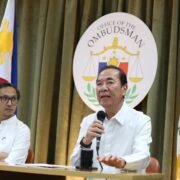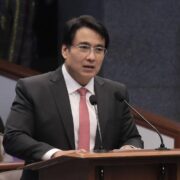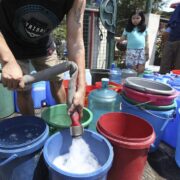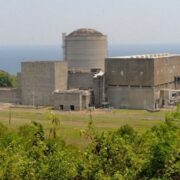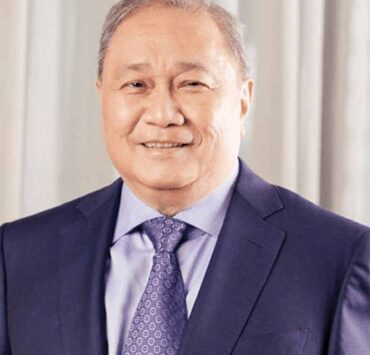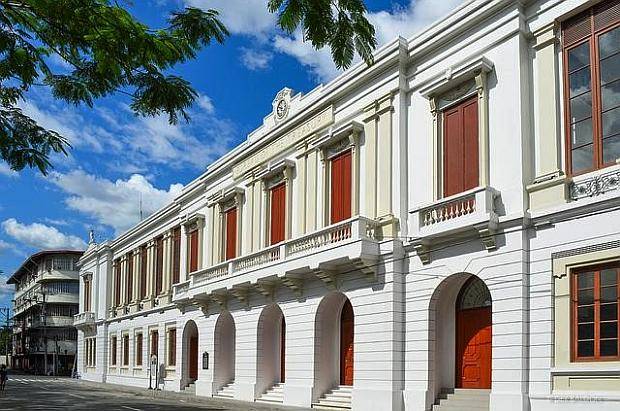PH delivered 5.4% economic growth in Q1
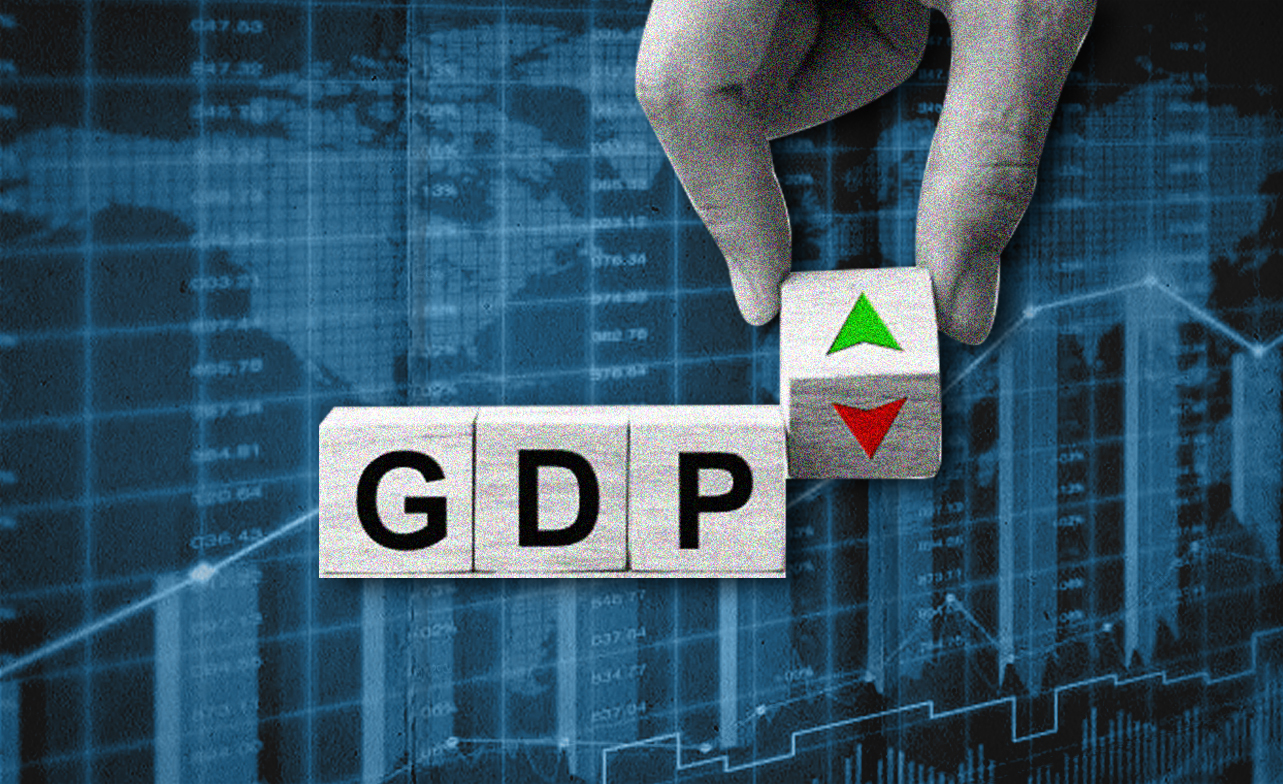
Economic growth missed market expectations in the first quarter as the specter of global trade war bruised business confidence ahead of a key midterm vote that could reshape domestic policies amid global uncertainties.
Gross domestic product (GDP), or the sum of all products and services created within an economy, expanded by 5.4 percent year-on-year in the first three months, the Philippine Statistics Authority (PSA) reported on Thursday.
This was slightly faster than the 5.3-percent annual growth in the preceding quarter but weaker than the 5.9-percent clip recorded in the same period last year.
At the same time, the figure fell short of the 5.9-percent median estimate of 12 economists polled by the Inquirer last week.
However, the Philippines still delivered one of the fastest growth rates among Asian peers, trailing only Vietnam’s 6.9 percent. The country outpaced Indonesia’s 4.9 percent, Malaysia’s 4.4 percent and Thailand’s (projected) 2.8 percent, while it matched China’s 5.4 percent.
Full-year target under review
The economy will have to grow by at least 6.2 percent for the rest of 2025 to hit the low end of the Marcos administration’s target pace of 6 to 8 percent.
At a press conference, Undersecretary Rosemarie Edillon of the Department of Economy, Planning and Development (DepDev) said policymakers would revisit their growth targets given a string of global uncertainties.
“This first quarter is not quite a disappointment,” Edillon said. “There [are] really many layers to it. But a lot of it was born out of uncertainty we saw that businesses have also anticipated.”
Figures showed that gross capital formation—the investment component of the GDP—grew by 4 percent in the quarter, slowing from 5.5 percent in the preceding quarter, as the Trump administration’s trade war rattled markets and shook investor confidence.
The uncertainties were so bad that Filipino businesses had to change their strategy. While exports grew by 6.2 percent, the highest in four quarters, inbound trade expanded by 9.9 percent. Analysts said local producers might have front-loaded their imports ahead of the higher US tariffs—similar to how their counterparts have stockpiled in other parts of the world.
In GDP accounting, Filipino goods and services sold abroad are added to economic output, but imports are counted against it. That said, the “net exports” component subtracted around 2 percentage points from the total GDP growth last quarter, estimates showed.
Amid the global trade storm, the economy drew most of its strength at home. Consumer spending expanded at a higher rate of 5.3 percent from 4.7 percent previously, thanks to easing inflation.
Notably, government expenditures jumped by 18.7 percent from 9 percent before, as agencies might have front-loaded their disbursements ahead of the midterm election-related spending ban. Filipinos will cast their votes on May 12.
Moving forward, Aris Dacanay, economist at HSBC Global Research, expected a “more challenging” growth outlook for the rest of the year.
“The risk of the Bangko Sentral cutting its policy rate consecutively in June has also risen,” Dacanay added.





